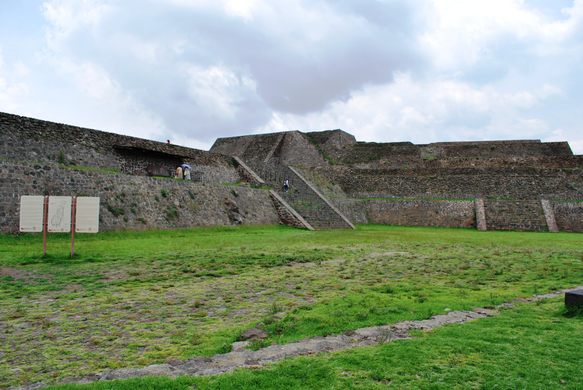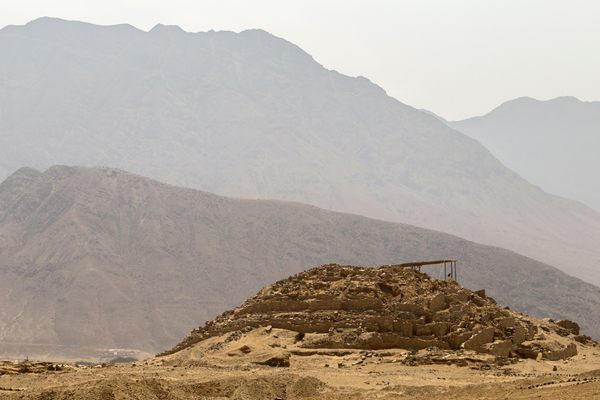AO Edited
Teotenango
The archeological ruins of the ancient fortified city of the mysterious Teotenanca civilization.
Just outside of the city of Toluca can be seen the impressive ruins of Teotenango, an ancient citadel built by a little-understood civilization. It is believed by scholars that the city of Teotenango was founded in the centuries that preceded the collapse of the mighty civilization of Teotihuacan around the year 900.
The true identity of the ancient peoples who constructed the city remains something of a mystery. But several compelling theories regarding the identity of the Teotenanca have been proposed by the archeologists who have excavated the site since the 1960s.
The most persuasive theory suggests that the Teotenanca were either emigrants or refugees fleeing from Teotihuacan, which at that point was experiencing waves of violence and unrest. They then intermingled with the Otomi people who already occupied the area. This particular theory is backed up by the artistic style present in ceramics, architecture, and artifacts found at Teotenango, which bear strong similarities to those that have been unearthed at Teotihuacan but also show some Otomi influence.
Several features of the site such as pyramids, a ball court, sculptures of serpents and jaguars, and human remains (that indicate the practice of human sacrifice) suggest that the religious cosmovision of the Teotenanca shared many similar characteristics with other great civilizations of Central Mexico.
Excavations of the area surrounding the archeological site show that the settlers had first occupied the valley floor but had later moved to the hill of Tetepetl where they constructed their city presumably due to the topography which permitted a better position to mount a defense in the event of an attack.
Despite their impressive fortified citadel, the peoples of Teotenanca experienced several invasions. In the 10th century, the city was conquered and culturally assimilated by the Matlazinca civilization. In the 13th century, it was conquered once again by the Aztecs.
The Aztecs integrated Teotenango and its population into their growing empire, rebuilding and expanding much of the city which is reflected in several of the later constructions and ultimately the name given to the site (which translates from Nahuatl as “in the place of the divine wall”).
The final invasion of Teotenanca occurred in 1550 when the Spanish conquistadors attacked the site and defeated a garrison of Aztec warriors based there. The Spaniards later forcibly resettled the entire population of the city as a colonial village (Teotenango del Valle, which exists to this day). The Indigenous peoples were forced to adopt the Catholic religion and the Spanish language and to forget about the old city and their native history and ontologies.
Know Before You Go
The archeological site is open from Tuesday to Saturday from 9 a.m. to 5 p.m. The entrance fee costs 10 pesos.
The site includes a superb little museum at its entrance where many interesting artifacts of the Teotenanca civilization are on display.





















Follow us on Twitter to get the latest on the world's hidden wonders.
Like us on Facebook to get the latest on the world's hidden wonders.
Follow us on Twitter Like us on Facebook